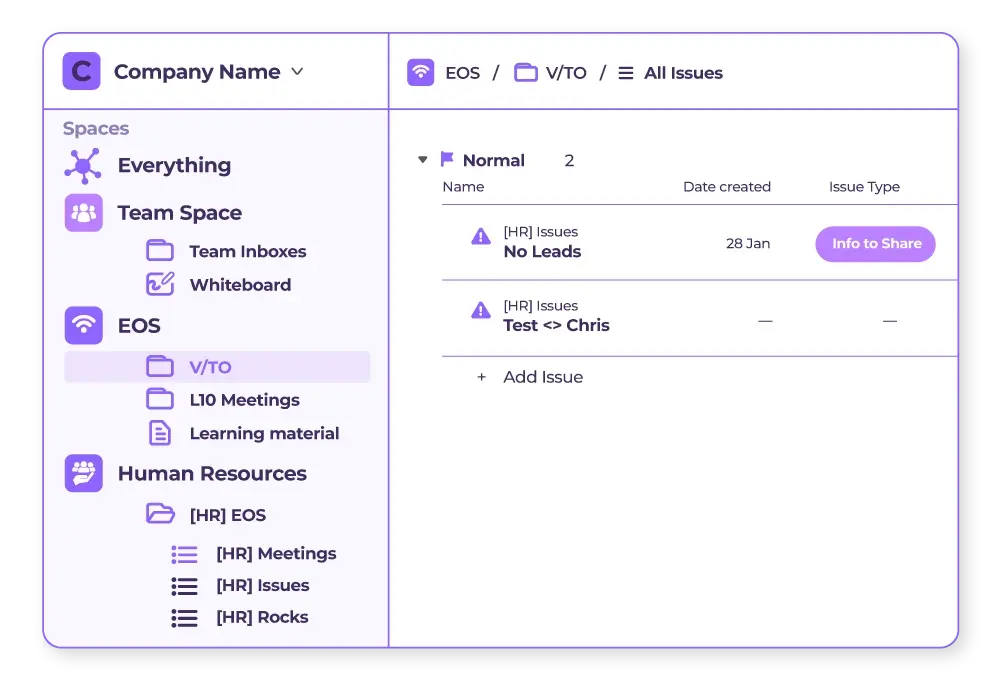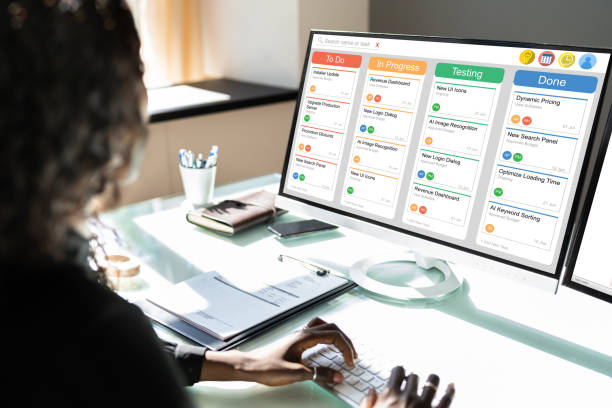Essential Tips for Successful ClickUp Onboarding in Your Organization

Strong 8k brings an ultra-HD IPTV experience to your living room and your pocket.
Efficient project management plays a critical role in the success of any organization. With the increasing adoption of digital workspaces, tools like ClickUp are becoming central to how teams operate and collaborate. However, the implementation of a powerful platform like ClickUp requires more than just signing up and inviting team members. ClickUp onboarding must be carefully planned and executed to ensure the tool is used to its full potential from the very beginning.
A successful ClickUp onboarding process sets the tone for long-term efficiency, collaboration, and productivity. It ensures that every team member understands how to navigate the platform, use its features effectively, and contribute meaningfully to the workflow. Organizations that invest time and effort into onboarding typically see faster adoption rates and a more unified approach to task management and project tracking.
Understanding the Importance of a Structured Onboarding Process
ClickUp is a feature-rich platform that can manage everything from tasks and timelines to documents and integrations. Without a structured onboarding process, users may quickly feel overwhelmed, leading to low adoption rates and inconsistent usage. A successful rollout involves clear planning, defined goals, and phased implementation.
Start by identifying the core reasons for adopting ClickUp—whether it's streamlining communication, improving project visibility, or centralizing workflows. Once the objectives are clear, the onboarding process can be tailored to ensure that each team member learns the platform in a way that supports those goals.
Assigning Onboarding Leaders and Champions
Designating a team of ClickUp champions is a proven strategy in ensuring successful onboarding. These individuals should have a deep understanding of the platform and be enthusiastic about driving change. They serve as the first line of support, helping others with questions and promoting best practices.
Champions can also be responsible for conducting training sessions, creating internal documentation, and monitoring progress. Their involvement not only accelerates the learning curve but also boosts confidence among new users who might otherwise hesitate to ask for help.
Phased Implementation for Better Adoption
Rolling out ClickUp gradually, rather than all at once, helps minimize resistance and confusion. Start with a pilot group—usually a single department or project team—and test the onboarding process on a small scale. This allows for adjustments based on real feedback and helps identify potential roadblocks.
Once the pilot phase is successful, expand the implementation to additional teams. Continue to offer support and gather feedback at each stage. This phased approach ensures a smoother transition and provides ample opportunity to refine training and support materials as the rollout progresses.
Customizing the Workspace for Relevance
At the core of an effective onboarding strategy is a well-structured and relevant workspace. This is where ClickUp Workspace Optimization becomes essential. A cluttered or poorly organized workspace can confuse users and diminish the platform’s benefits. Thoughtful design of Lists, Folders, and Spaces ensures that users can easily find what they need and stay focused on their tasks.
Optimization begins by mapping out the organization’s workflows and structuring the workspace to reflect real business processes. This might involve categorizing projects by department, client, or product line. Automations, templates, and custom fields should be configured to match daily operations. The goal is to eliminate friction, enabling users to focus on their work rather than navigating an overly complex system.
Regular audits and feedback loops should also be part of workspace optimization efforts. As the organization grows or changes, the ClickUp workspace should evolve accordingly to stay aligned with business needs.
Providing Comprehensive Training and Resources
Training is a cornerstone of ClickUp onboarding. New users must be equipped not just with technical knowledge, but with an understanding of how the platform fits into their daily work. Live training sessions, recorded tutorials, and user guides tailored to specific roles can enhance retention and engagement.
In addition to initial training, ongoing education is vital. As ClickUp regularly introduces new features and updates, users must stay informed to continue leveraging the platform effectively. A knowledge hub or intranet page with updated training materials and FAQs can serve as a central resource for users seeking help.
Encouraging a Culture of Feedback and Adaptability
One of the most effective ways to refine and improve the ClickUp onboarding process is by actively collecting user feedback. Regular surveys, check-ins, and open discussions help uncover challenges that may not be immediately visible to administrators. These insights can guide the development of better training resources, adjustments in workspace structure, or clarification of internal workflows.
Creating an adaptable onboarding strategy ensures that it can evolve alongside the organization. As teams grow or shift, the onboarding process should be reviewed and refined to remain relevant and effective. Flexibility helps maintain user engagement and encourages long-term platform usage.
Measuring Success and Identifying Key Metrics
Tracking the success of ClickUp onboarding is essential to demonstrate ROI and identify areas for improvement. Key performance indicators might include platform adoption rates, task completion times, reduction in email communications, or the number of support tickets submitted.
Analytics within ClickUp, such as time tracking, activity logs, and workload views, can also provide valuable insights. Organizations should establish a feedback loop where data informs decision-making and improvements in the onboarding process are made based on measurable outcomes.
Summary
A well-executed ClickUp onboarding process lays the foundation for a productive and organized workplace. From assigning champions and providing structured training to focusing on ClickUp Workspace Optimization, every step contributes to a smoother user experience and stronger team collaboration. By approaching onboarding as an evolving process that includes regular feedback, customization, and performance tracking, organizations can ensure they get the most out of their ClickUp investment. With clear objectives, dedicated support, and a user-centered approach, ClickUp can become an indispensable tool for organizational success.
Note: IndiBlogHub features both user-submitted and editorial content. We do not verify third-party contributions. Read our Disclaimer and Privacy Policyfor details.







